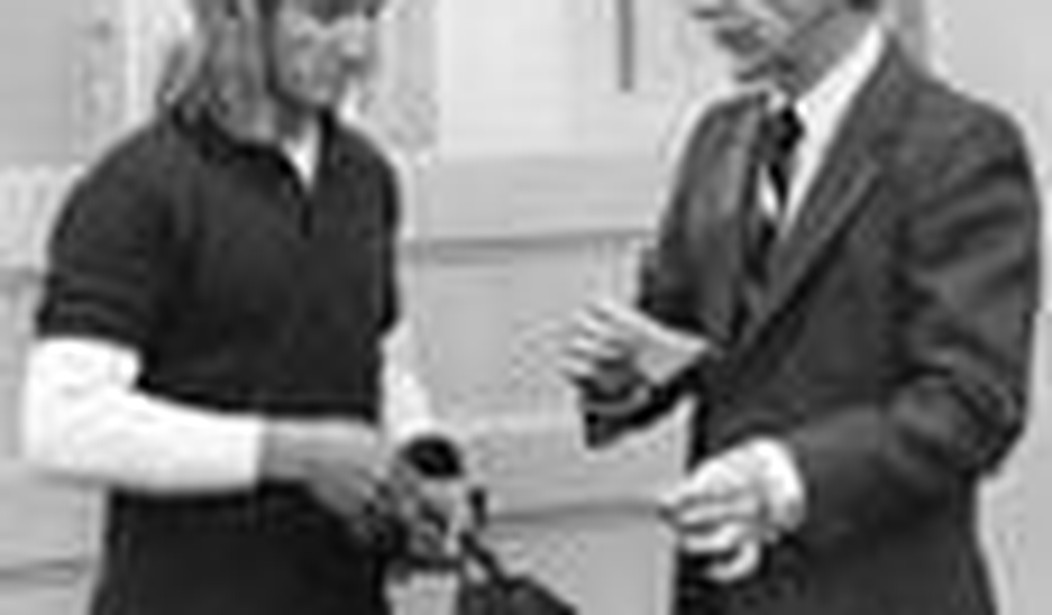What’s the point of high school?
(a) To get the A students into a good college.
(b) To keep the D and F students off the streets.
(c) To provide a place for B and C students to hang out with friends and play sports.
(d) Um . . . Would you repeat the question?
Except for the college-crazed achievers, most students drift through high school without seeing the connection between Lord of the Flies, the X axis, the Homestead Act and any sort of future they might want. It’s stuff adults make you do.
To persuade teens that school matters, some states and districts are requiring them to choose a high school “major” that will lead toward a college major or a career.
The trend is big in the South: Florida requires majors and Mississippi, South Carolina, West Virginia and Arkansas are piloting programs that require students to choose a career path or concentration. Elsewhere, some comprehensive high schools now require students to major.
In Florida, ninth graders must choose one of 443 state-approved majors. The collegebound can specialize in Advanced Placement or an academic subject. Others are encouraged to earn a vocational certificate. The majors list includes fashion design, forestry, culinary arts, fire sprinkler system technology, animating and gaming, welding, child care assistant, commercial fishing and hundreds more. But students who pick a major not offered at a nearby school are out of luck. And how many high schools can train fire sprinkler system technologists?
Magnet programs and other specialty schools have expanded rapidly along with the small-schools movement. Students like the idea of a school with a sense of purpose.
What’s different about mandatory majors is that all students have to choose, whether they have a clue what they want to do or not. All schools have to offer career paths, whether they know how to do that or not.
It takes a lot of work by teachers to design meaningful majors that engage and focus students and actually prepare them for the future. It’s impossible for every school to do it — much less do it well — for more than a few specialties.
At Dwight Morrow High School in New Jersey, students must choose between sports management, fine and performing arts, health sciences, international studies and global commerce, communications and new media and/or liberal arts.
Sports management is the most popular choice — and the least likely to lead to a paying job. In fact, health sciences is the only major with strong job prospects; no major appeals to students interested in technical fields from mechanics to engineering and computer science.
In an Aug. 16 story, the New York Times quotes 14-year-old frosh Nicole Hutchison, who wants to be a doctor, nurse or cosmetologist. Right there is a clue that she doesn’t have a clue. Instead of health sciences, she’s majoring in performing arts because she loves to dance. “I think I’m too young to make a decision because I might change my mind later on,” she told the Times. Indeed.
The great fear is that Johnny will be pushed into the buggy-whip making major, especially if he’s non-white, and won’t get a broad education.
“This is a colossally bad idea,” says Debra Humphreys with The Association of American Colleges and Universities. “Businesses are telling us that the jobs that today’s ninth-graders will eventually have don’t even exist yet and that the specific training needed for technical professions is changing rapidly.”
Surveys show employers want “good communication skills and analytical thinking,” she said.
Well, sure, but students typically take a standard high school curriculum with electives to match their major. “International studies” majors take English in addition to a foreign language. Even Florida students going for a specific vocational certificate will have to pass academic classes.
The “jobs of the future” thing is hype. Most of today’s ninth graders will not be antigravity architects or nanocryogenesis technicians; there will be a place for nurses, police officers, accountants, welders, etc.
The problem the “majors” movement tries to solve is real: Way too many students are drifting through high school without working very hard or understanding why they should. The drifters aren’t learning world-class communications and analytical skills. They’re not learning world-class work habits. Some will get it together in college. Others will drift through their 20s. (But they’re not immature losers! They’re postponing adulthood for “the odyssey years” writes New York Times columnist David Brooks.)
Small, focused programs that require commitment and hard work could be part of the solution. Requiring every student to choose a major only guarantees that unmotivated students will drift along career paths that lead nowhere.
Joanne Jacobs, who blogs at joannejacobs.com, is the author of %%AMAZON=1403970238 Our School,%% the story of a charter school that prepares Mexican-American students for four-year colleges.









Join the conversation as a VIP Member